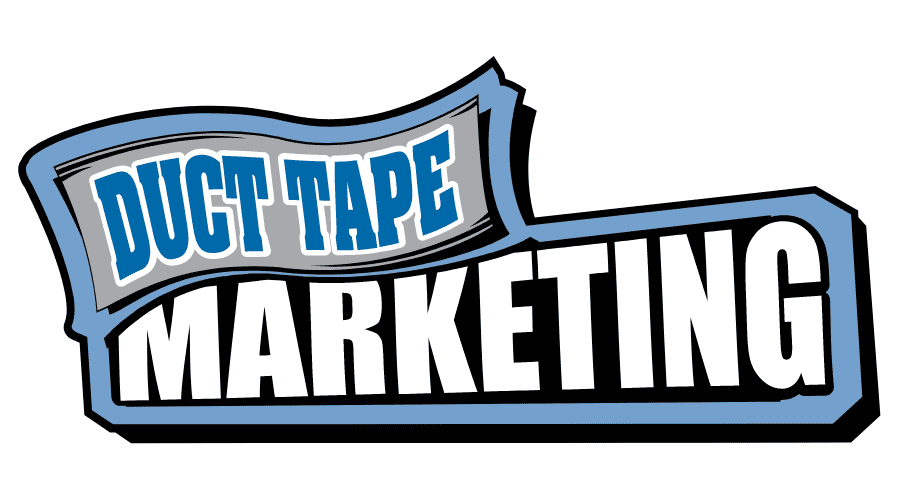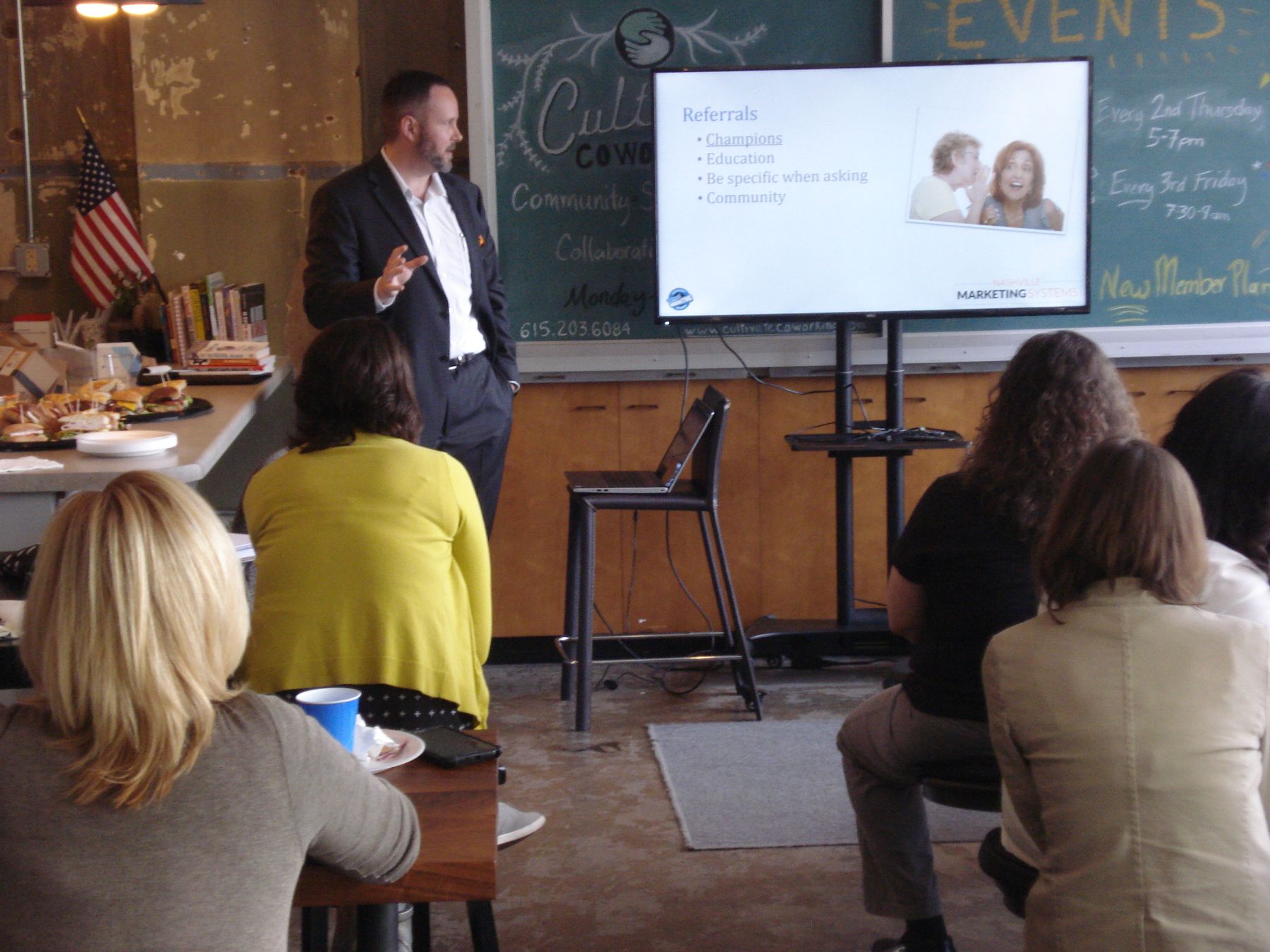If your SEO rankings are down the drain and your site is not getting enough engagement, a website redesign might be needed. However, there are some essential things to consider when redesigning your website for better rankings.
A website redesign is not always necessary. Other times, it’s absolutely essential, but the scale of the redesign necessary will differ from one website to another. Today, I will be going over five significant factors to consider when redesigning your website, whether you want to improve the user experience, get better rankings, or both.
1. Do You Really Need a Website Redesign?
The first question to ask yourself is whether you really need a website redesign. Don’t redesign your website for the sake of it, as redesigning a website can actually have some adverse effects. For example, when you redesign a website, you may lose some of your rankings, even if that is temporary. You may also confuse old-time visitors, who may not recognize your site at first and may be frustrated at the changes. You may even lose some visitors or customers.
However, there are some scenarios in which a website redesign is necessary. Here are some reasons you might need a website redesign:
- Your website is no longer aligned with your business goals: If you have updated your business goals, or if your website is simply not helping you achieve your existing goals, changing your website design might help.
- You are not getting enough conversions: If your website is not bringing in enough conversions, a poor design may be to blame.
- Your website has a poor user experience or an outdated design: If you haven’t updated your design in years and your website looks outdated, it is time to change it. A website that looks like it was built in the early 2000s doesn’t look professional. If the design is more modern but provides a poor user experience, redesigning your website can help you fix that as well.
2. Have You Made an SEO Audit?
Before redesigning your website and deciding that a redesign is necessary, it is vital to conduct an SEO audit. An SEO audit will allow you to spot weak spots in your current website design that you can fix when you redesign your website. Otherwise, the underlying SEO issues that are preventing your site from getting enough traffic will remain, and you will have to deal with them later.
Make sure to check your website analytics and reports. Some things to look for in an audit are:
- Mobile responsiveness
- Page speed
- URL structure
- Bounce rate
- Dead links
- Orphan pages (pages not getting any internal links)
- Non-valuable pages, like outdated press releases
- Indexing and crawling problems
- On-page SEO
- Meta tags and descriptions
- Target keyword rankings
- Ranking positions over time
A great website auditor tool is SEO Powersuite. Here are some other tools to help you audit your website:
- Google Analytics
- Google Search Console
- Bing Webmasters
- Ahrefs SEO Audit Tool
- SEOptimer
- Google PageSpeed Insights
- Google Mobile Friendly Test Tool
- Screaming Frog SEO Spider
- SERP Robot
Make a report of all the SEO problems you can come up with, from a lack of a good URL structure to broken links to Google indexing problems. Address these problems in your website redesign.
3. Have You Created an Audience or Customer Profile?
In addition to knowing where you stand in terms of SEO, it is crucial to understand your target audience. It can be helpful to create a customer profile. Think of your average customer and put together all the characteristics of your target audience into one person. For example, if you own a landscaping business, your target customer might be a married person who owns a house in a middle-class neighborhood.
It is vital to understand your target audience before redesigning your website because it will allow you to know how they will react to your new website design. Your current website design might not be optimized for your target audience, but you want to make sure that your new design will be. If your customer profile is a businessman with a hectic schedule, make sure to make your website easy to navigate and make it easy for visitors to find the solution they are looking for.
Consider how your target market will react as a whole to your website, including your existing customers. Will they be glad that there are new features and the website is easier to use? Or might they become frustrated with the new learning curve involved in using your website?
4. Are You Aware That a Website Redesign Can Ruin Your SEO?
Another thing to consider before redesigning your website is how it will affect your SEO. Did you know that a website redesign can actually hurt your SEO rankings? While you might be improving your site’s user experience and conversion rates, your SEO rankings might take a dip.
There are a number of things that can happen during a website redesign that can hurt your SEO rankings. One of the biggest things to look out for is site URL structure changes. Google has already crawled your site’s current version, along with the URL structure it currently has. Making a new structure can cause your rankings to drop.
Other things that can hurt your SEO are losing internal links, ending up with dead links, and losing backlinks linking to your site. The best way to avoid losing rankings when updating your site’s design is to do all of your changes on a dev copy of your site instead of on your live site. This way, you can make all the changes without Google knowing about them until your new site is ready to go live.
You will also need to make sure to set up 301 redirects correctly so that Google knows to crawl your new pages and website visitors end up on the right pages and not on 404 pages. Too many people forget to correctly map out their 301 redirects when redesigning their websites. As a result, they have too many dead links that bring people to 404 pages, and their Google rankings drop.
You also have to consider how your site structure changes will affect your target market. If you are using new keywords, for example, make sure those words are better targeted to your audience than your old keywords. Make sure that when you redesign your site, your site will become more comfortable to use and more appealing to your target market, not the other way around.
Once you do redesign your website and you have your new URL structure, it is essential to make a new sitemap so Google can crawl it. A WordPress plugin like Yoast SEO will allow you to make a sitemap that you can submit to Google via the Google search console. Although Google is pretty good at eventually crawling websites, it can take some time. If you just did a redesign, you may lose your rankings until Google finally crawls your new site. Submitting a new sitemap to Google right away can help you avoid losing your rankings.
Although submitting a sitemap to Google is the most important thing, don’t forget to do the same in your Bing Webmaster Tools. Bing and Yahoo traffic might not be very significant, but it is still traffic, and you’re leaving money on the table if you don’t care about it. You may get some conversions and profits from Yahoo and Bing.
Since a website redesign might hurt your SEO, it is essential to consider whether the potential loss of rankings and traffic is worth it. Sometimes it is, sometimes it is not.
5. Do You Know How to Optimize Your Website Redesign?
Before redesigning your website, you need an action plan mapped out. What is lacking, and how are you going to fix it? How can you get the most out of your website redesign?
Here are some things you can achieve with a website redesign:
- Better site design: If your design is outdated or not responsive on mobile devices, make sure to improve your site design. If your site design is confusing and not intuitive, make it less cluttered and easier to navigate.
- Better site structure: If your site structure is confusing, fix it. You can create categories and categorize each post or page. This will not only help people find what they are looking for, but it will also help Google crawl your site.
- Better conversion rate: if your site was not optimized for conversions, a website redesign could fix that. For example, you can remove advertisements and instead add a pop-up to get people to sign up for a free trial or email subscription.
Conclusion
If you don’t know whether a website redesign is right for you, or if you don’t know how to optimize a website redesign to get the most out of it, it might be better to seek the help of a professional. A professional can analyze your site and figure out what needs fixing. A website redesign, if done right, can get your website on the right track and boost your conversion rates.


